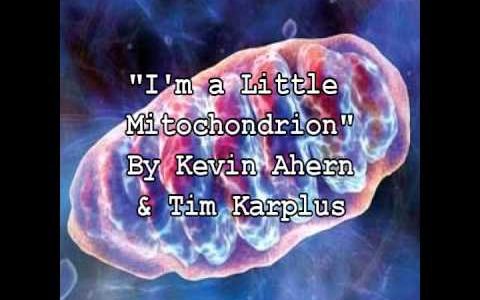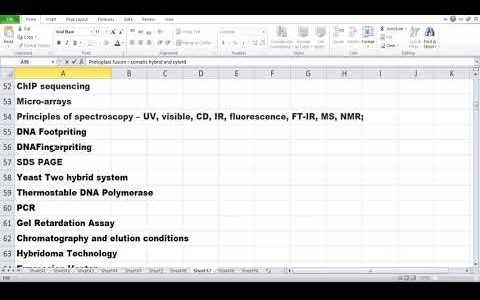DNA: Structure, Function and Discovery
Nucleic acids are the organic materials present in all organisms in the form of DNA or RNA. These nucleic acids are formed by the combination of nitrogenous bases, sugar molecules and phosphate groups that are linked by different bonds in a series of sequences. The DNA structure defines the basic genetic makeup of our body. In fact, it defines the genetic makeup of nearly all life on earth.
What is DNA?
“DNA is a group of molecules that is responsible for carrying and transmitting the hereditary materials or the genetic instructions from parents to offsprings.”
This is also true for viruses, as most of these entities have either RNA or DNA as their genetic material. For instance, some viruses may have RNA as their genetic material, while others have DNA as the genetic material. The Human Immunodeficiency Virus (HIV) contains RNA, which is then converted into DNA after attaching itself to the host cell.
Apart from being responsible for the inheritance of genetic information in all living beings, DNA also plays a crucial role in the production of proteins. Nuclear DNA is the DNA contained within the nucleus of every cell in a eukaryotic organism. It codes for the majority of the organism’s genomes while the mitochondrial DNA and plastid DNA handles the rest.
The DNA present in the mitochondria of the cell is termed mitochondrial DNA. It is inherited from the mother to the child. In humans, there are approximately 16,000 base pairs of mitochondrial DNA. Similarly, plastids have their own DNA, and they play an essential role in photosynthesis.
Full-Form of DNA
DNA is known as Deoxyribonucleic Acid. It is an organic compound that has a unique molecular structure. It is found in all prokaryotic cells and eukaryotic cells.
DNA Types
There are three different DNA types:
A-DNA: It is a right-handed double helix similar to the B-DNA form. Dehydrated DNA takes an A form that protects the DNA during extreme conditions such as desiccation. Protein binding also removes the solvent from DNA, and the DNA takes an A form.
B-DNA: This is the most common DNA conformation and is a right-handed helix. The majority of DNA has a B type conformation under normal physiological conditions.
Z-DNA: Z-DNA is a left-handed DNA where the double helix winds to the left in a zig-zag pattern. It was discovered by Andres Wang and Alexander Rich. It is found ahead of the start site of a gene and hence, is believed to play some role in gene regulation.
Who Discovered DNA?
DNA was first recognized and identified by the Swiss biologist Johannes Friedrich Miescher in 1869 during his research on white blood cells.
The double helix structure of a DNA molecule was later discovered through the experimental data by James Watson and Francis Crick. Finally, it was proved that DNA is responsible for storing genetic information in living organisms.
DNA Structure
The DNA structure can be thought of as a twisted ladder. This structure is described as a double-helix. It is a nucleic acid, and all nucleic acids are made up of nucleotides. The DNA molecule is composed of units called nucleotides, and each nucleotide is composed of three different components such as sugar, phosphate groups and nitrogen bases.
The basic building blocks of DNA are nucleotides, which are composed of a sugar group, a phosphate group, and a nitrogen base. The sugar and phosphate groups link the nucleotides together to form each strand of DNA. Adenine (A), Thymine (T), Guanine (G) and Cytosine (C) are four types of nitrogen bases.
These 4 Nitrogenous bases pair together in the following way: A with T, and C with G. These base pairs are essential for the DNA’s double helix structure, which resembles a twisted ladder.
The order of the nitrogenous bases determines the genetic code or the DNA’s instructions.
DNA Structure
Components of DNA Structure
Among the three components of DNA structure, sugar is the one which forms the backbone of the DNA molecule. It is also called deoxyribose. The nitrogenous bases of the opposite strands form hydrogen bonds, forming a ladder-like structure.
Structure of DNA
DNA Structure Backbone
The DNA molecule consists of 4 nitrogen bases, namely adenine (A), thymine (T), cytosine (C) and Guanine (G), which ultimately form the structure of a nucleotide. The A and G are purines, and the C and T are pyrimidines.
The two strands of DNA run in opposite directions. These strands are held together by the hydrogen bond that is present between the two complementary bases. The strands are helically twisted, where each strand forms a right-handed coil, and ten nucleotides make up a single turn.
The pitch of each helix is 3.4 nm. Hence, the distance between two consecutive base pairs (i.e., hydrogen-bonded bases of the opposite strands) is 0.34 nm.
source


